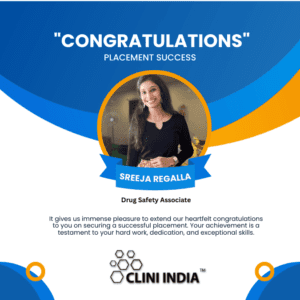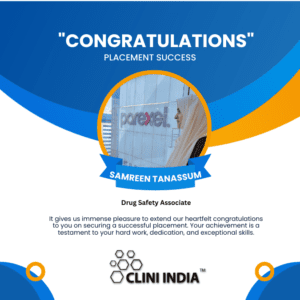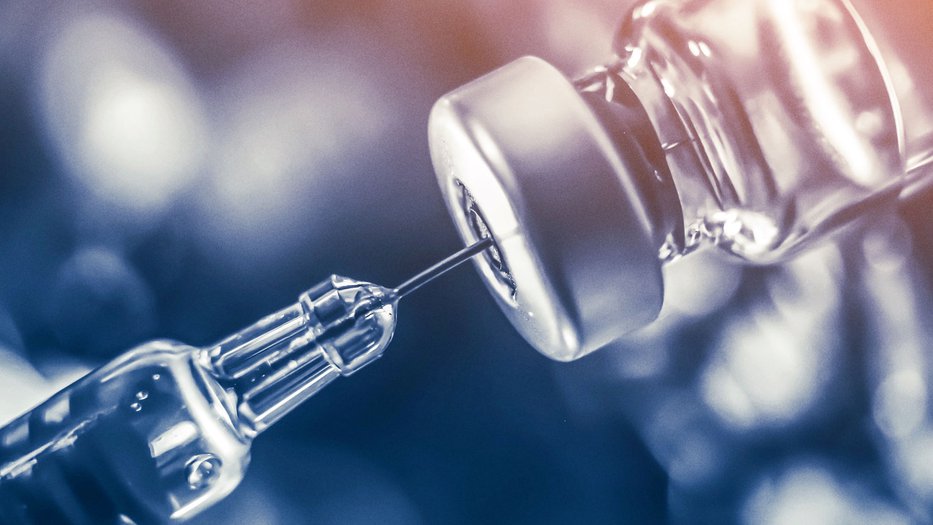
Active and Passive Pharmacovigilance: Key Approaches to Drug Safety Monitoring
Pharmacovigilance plays a vital role in ensuring the safety and efficacy of medicines by monitoring adverse drug reactions (ADRs) and other drug-related issues. Two primary approaches—active and passive pharmacovigilance—are used to identify and assess drug safety concerns. Both methods complement each other and contribute to a comprehensive pharmacovigilance system.
Passive Pharmacovigilance
Passive pharmacovigilance relies on spontaneous or voluntary reporting of suspected ADRs by healthcare professionals, patients, or pharmaceutical companies. It is the most commonly used approach worldwide due to its simplicity and cost-effectiveness.
Key Features of Passive Pharmacovigilance:
- Spontaneous Reporting Systems (SRS): Reports are submitted voluntarily to national regulatory bodies or international databases, such as the FDA’s MedWatch or the WHO’s Vigibase.
- Minimal Resource Requirements: This method does not actively seek reports, making it less resource-intensive compared to active methods.
- Wide Coverage: Allows for the identification of rare or severe ADRs that may not emerge during clinical trials.
Challenges of Passive Pharmacovigilance:
- Underreporting: A major drawback, as many ADRs remain unreported due to a lack of awareness or time constraints among healthcare providers.
- Incomplete Data: Reports may lack crucial information, making causality assessments difficult.
- Delayed Signal Detection: Dependence on voluntary reporting may result in delayed identification of safety concerns.
Active Pharmacovigilance
Active pharmacovigilance involves proactive efforts to gather data on drug safety. This method systematically seeks information through pre-defined processes and strategies, making it more reliable and thorough.
Key Features of Active Pharmacovigilance:
- Cohort Event Monitoring (CEM): Monitors specific patient groups exposed to a drug over time to identify potential ADRs.
- Registry-Based Studies: Collects data on patients with specific conditions or treatments to evaluate long-term safety outcomes.
- Prescription Event Monitoring (PEM): Tracks ADRs through patient prescriptions, enabling early detection of safety signals.
- Health Records and Surveys: Analyzes data from electronic health records or patient surveys for ADR detection.
Benefits of Active Pharmacovigilance:
- Improved Data Quality: Provides detailed and structured information for assessing causality.
- Early Signal Detection: Helps in identifying ADRs promptly, especially for new drugs.
- Comprehensive Monitoring: Enables safety surveillance in diverse populations and real-world settings.
Challenges of Active Pharmacovigilance:
- Resource Intensive: Requires significant investment in time, money, and trained personnel.
- Complex Implementation: Demands robust systems and infrastructure for data collection and analysis.
Complementary Roles in Pharmacovigilance
Active and passive pharmacovigilance are not mutually exclusive. While passive methods are essential for capturing rare ADRs and ensuring broad surveillance, active methods provide more reliable and timely data. Combining both approaches creates a robust pharmacovigilance system that ensures patient safety and builds trust in healthcare systems.
In conclusion, balancing active and passive pharmacovigilance is crucial to addressing the limitations of each approach and enhancing overall drug safety monitoring.


























































